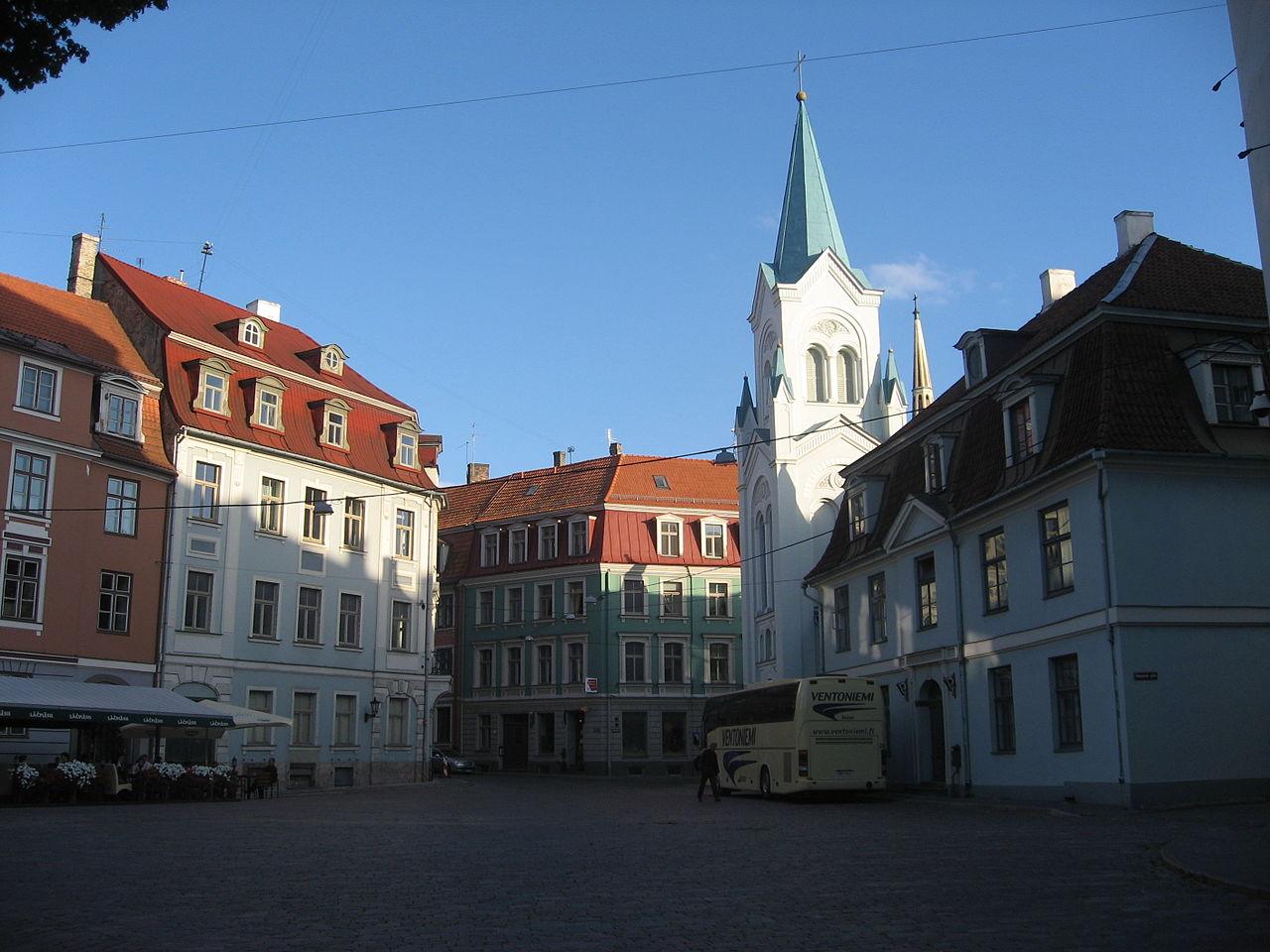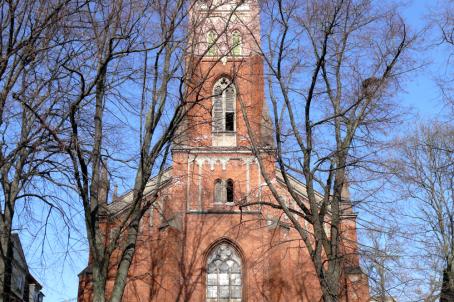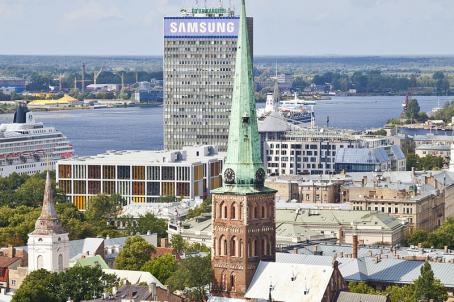Church of Our Lady of Sorrow

The Church of Our Lady of Sorrow was built in 1785 and rebuilt in 1860 in the neo-Romanesque style. The walls of the church are plastered and painted in light blue-green and white, maintaining the colour range typical of classicism. In 1780, Emperor Joseph II of the Holy Roman Empire visited Riga. In view of the small size of the Catholic chapel he promised, in a conversation with Catherine II of Russia, to defend and support in every way the Catholic intention to build a new stone church in Riga. This permission was soon granted. In addition, the emperor and his mother, Maria Theresa, made donations for the construction of the church. Construction of the church began in 1784 and was completed in 1785.





